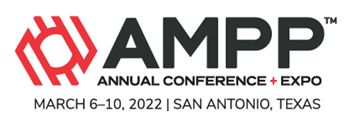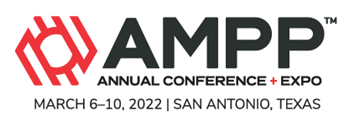Search
Bridge Coating Maintenance Strategies
Also Purchased
Conditioning Of Steel Surfaces With Various Abrasive Blast Media And Effect On Coating Performance
Product Number:
51322-17888-SG
Publication Date:
2022
$20.00
Biocide Storage Tank Internal Corrosion And A Mitigation Strategy – A Case Study
Product Number:
51322-17906-SG
Publication Date:
2022
$20.00
Recently viewed




